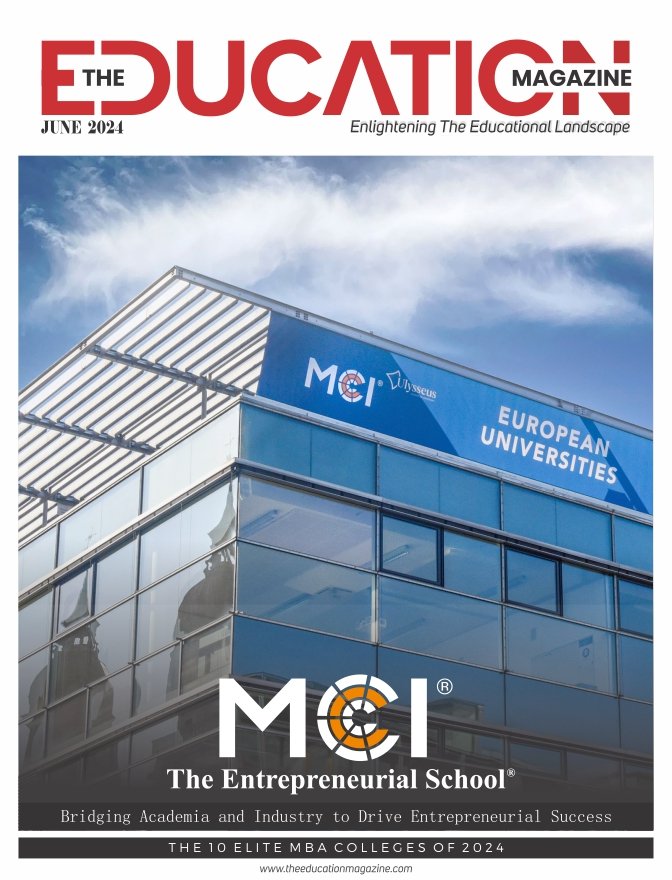To keep good relationships and accomplish goals, it is very important for organizations to measure how satisfied their stakeholders are. These stakeholders, which consist of customers, employees, investors and people from the community play a crucial part in making businesses or projects successful. Learning about the satisfaction level of these groups gives useful understanding into places that need enhancement and aids in building loyalty as well as backing from them. By prioritizing stakeholder satisfaction, organizations can enhance reputation, mitigate risks, and drive long-term sustainability.
Methods for Gathering Feedback
Different ways to collect feedback from stakeholders include surveys, interviews, focus groups and monitoring social media. Surveys are commonly used because they can be scaled up, provide quantitative data easily and customized for specific stakeholder groups. They cover topics like satisfaction with the product or service delivery as well as the overall experience. Interviews and focus groups offer quality understanding because they let stakeholders say their thoughts and recommendations extensively. Monitoring on social media gives quick responses, which helps organizations to manage problems immediately as well as interact with stakeholders personally.
Implementing Customer Relationship Management (CRM)
The handling of stakeholder relationships is made easier by CRM systems, as they gather all data, interactions and feedback from customers in one place. These systems allow organizations to observe the individual tastes of stakeholders, their buying pasts and interactions at different points of contact. The business can study the data in CRM to customize communication with stakeholders, predict needs and solve problems ahead of time. This helps increase stakeholder happiness and commitment for the business. CRM tools also help in carrying out marketing campaigns and sales strategies that are directed towards specific segments of stakeholders.
Stakeholder Relationship Management (SRM)
Stakeholder Relationship Management (SRM) focuses on optimizing relationships with supply chain partners, such as suppliers and vendors, to enhance supply chain efficiency and product quality. SRM involves selecting, developing, and collaborating with stakeholders to benefit both parties, monitoring performance, managing contracts, and joint project efforts. These strategies aim to improve supplier reliability, reduce costs, and foster innovation while mitigating risks and ensuring smooth operations along the supply chain.
Feedback Analysis and Action Planning
Feedback from those who have an interest in the project is very important to understand how well the plan matches with their requirements, and if there are any areas needing more attention. Analytical tools help process survey results, detect patterns or trends and pinpoint what should be improved first. The qualitative feedback given through interviews or focus groups gives a deep comprehension, showing specific problems or chances for new ideas. Action planning is the process of creating strategies and initiatives after we study feedback, to handle found problems, make changes effectively and inform about improvements. It shows how quick and dedicated we are towards satisfying those who have an interest in our work.
Monitoring and Continuous Improvement
To check stakeholder satisfaction, it is not just one time process. By setting up feedback loops, they make sure the enhancements made are checked for their effectuality and modified if required. Organizations can keep stakeholder satisfaction high, make themselves more resilient and stay ahead in changing markets by creating a culture of constant improvement. Whether you know the difference between CRM vs SRM, both are crucial in enhancing overall stakeholder satisfaction and operational efficiency.
Measuring stakeholder happiness and collecting suggestions are crucial parts of good stakeholder management methods. Companies that give importance to comprehending the needs and choices of stakeholders via CRM, SRM can make better relationships, improve operational excellence, and grow sustainably. Through using feedback from stakeholders along with putting into action strategies for improvement as well as committing to ongoing betterment efforts – businesses have opportunities not only to improve overall satisfaction levels but also build trust among their stakeholders while becoming leaders in their field.
Also Read: Ways To Achieve Superior Customer Service










